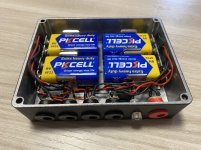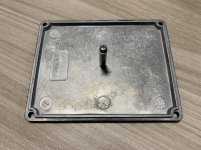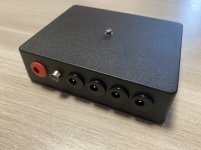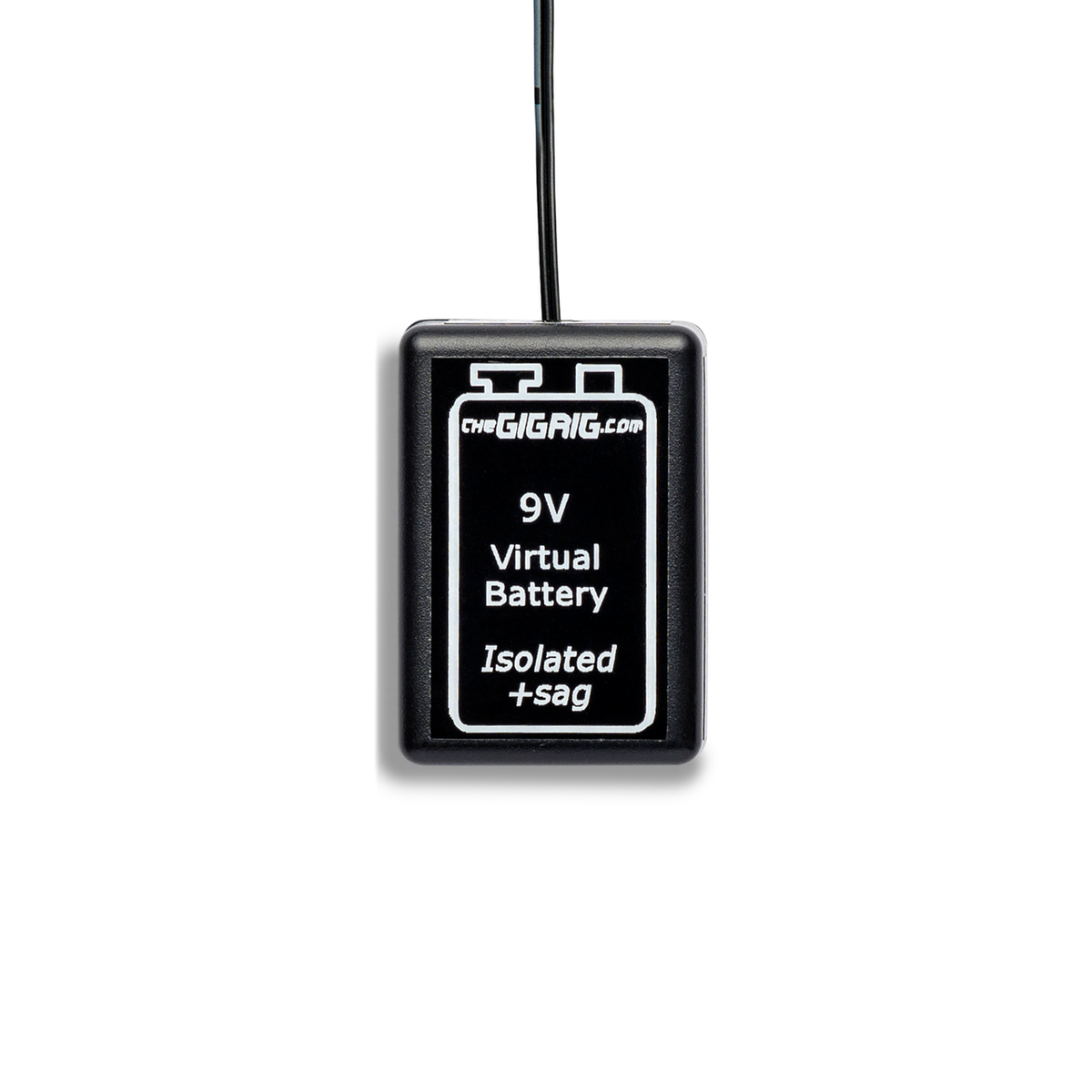While testing my recently built fuzz and overdrive pedals, I've noticed they sound way better with 9V batteries (even compared to a switching power supply).
For this reason, I've started researching a way to build a reliable battery power supply that could power multiple pedal, be hosted on a pedalboard, and be controlled by its main power.
There are some commercially available solutions, like:
but here in Europe, they are almost impossible to find or can only be obtained at outrageous prices.
I, therefore, decided to build my own. It is powered by four 9V zinc-carbon batteries, that are switched by an external power supplier (red jack) through a couple of solid-state relays.
This way the batteries remain isolated but do not run out of juice If you don't disconnect the cables.
For a more eco-friendly solution I can also swap out the 9V zinc-carbon batteries, for rechargeable lithium units, although unfortunately, they do not sound as good.
The wiring could have been neater, I admit that. I've threaded and screwed a post in the base plate of the enclosure, so that the batteries can be changed by just unscrewing one fastener at the center, instead of four at the base.
The fastener is also temporary, I've already sourced some thumb screws, to allow a battery swap without screwdriver.



For this reason, I've started researching a way to build a reliable battery power supply that could power multiple pedal, be hosted on a pedalboard, and be controlled by its main power.
There are some commercially available solutions, like:
Vertex Battery Power Supply | vertexeffects.com
Want a power supply that gets best possible tone out of your pedals? What if the answer is 9V batteries? Believe it or not, some of the most discerning “tone-conscious” guitarists like Eric Johnson, Scott Henderson, Michael Landau, and Josh Smith (to name a few), all prefer cheap “Dollar Store”...
www.vertexeffects.com
but here in Europe, they are almost impossible to find or can only be obtained at outrageous prices.
I, therefore, decided to build my own. It is powered by four 9V zinc-carbon batteries, that are switched by an external power supplier (red jack) through a couple of solid-state relays.
This way the batteries remain isolated but do not run out of juice If you don't disconnect the cables.
For a more eco-friendly solution I can also swap out the 9V zinc-carbon batteries, for rechargeable lithium units, although unfortunately, they do not sound as good.
The wiring could have been neater, I admit that. I've threaded and screwed a post in the base plate of the enclosure, so that the batteries can be changed by just unscrewing one fastener at the center, instead of four at the base.
The fastener is also temporary, I've already sourced some thumb screws, to allow a battery swap without screwdriver.



Last edited:


